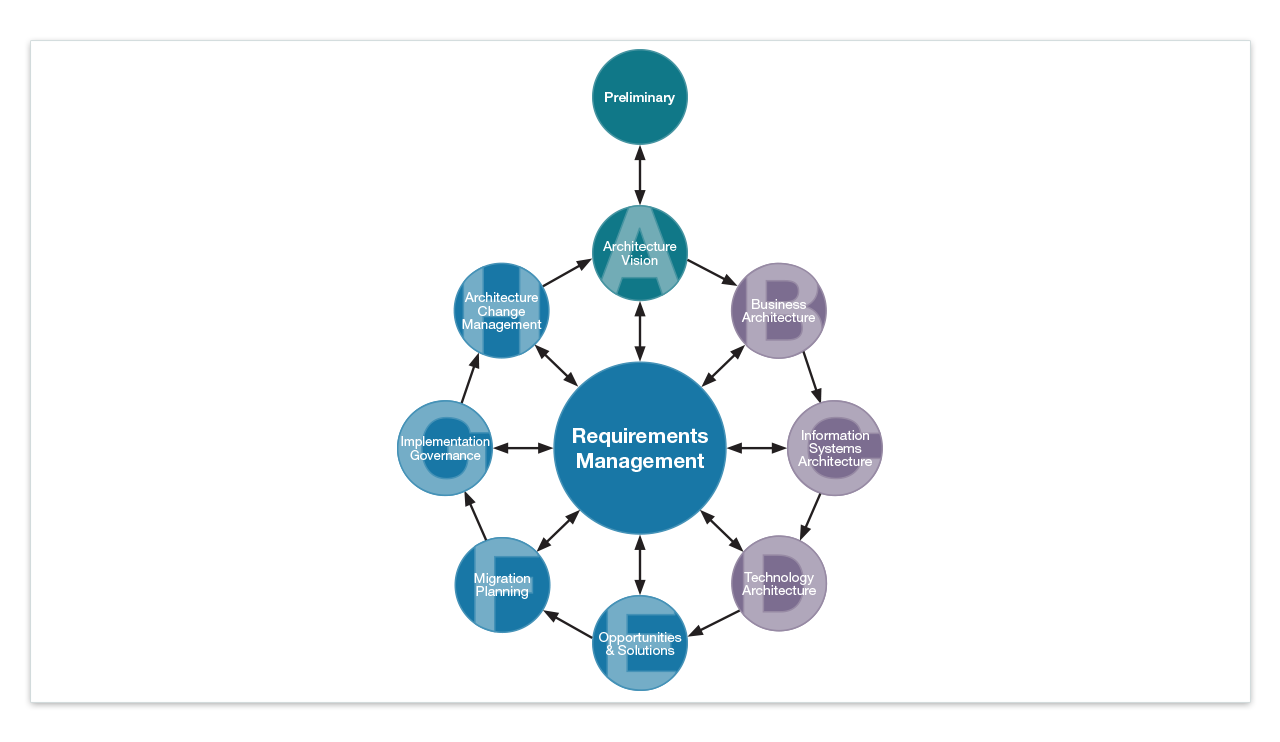

The search was then updated on December 8 th 2015, looking for studies published between March and December. for the complete search string) in Pubmed, PsychInfo, the Cochrane library and EMBASE through March 2015. We conducted a comprehensive literature search (see S1 File. Consequently, our goal was to conduct a meta-analysis examining all types of CBM interventions tested in randomized controlled trials (RCTs) for addiction-related outcomes. Although a recent narrative review has voiced concerns about the clinical potential of ABM in substance use disorders, drawing attention to methodological flaws and numerous negative findings, a systematic review examining the effectiveness of these interventions for addiction has not yet been conducted.

AAT was also judged as efficacious for reducing alcohol use and alcohol dependence. In a recent review, Cox and colleagues argued that ABM should be awarded “more weight” for addiction disorders and that the preliminary evidence about its effectiveness, available so far, was “encouraging” (p.222). A number of procedures were developed to target each type of bias, mostly based on experimental, computer-based tasks in which participants are trained, over more repetitions of pairs of stimuli, and usually without their explicit awareness, to either avoid directing attention to addiction-related stimuli (attention bias modification/ABM) or to avoid approaching them (approach-avoidance task/AAT). The second concentrates on presumably automatically activated action tendencies of approaching addiction-related stimuli. The first refers to attentional biases, the preferential allocation of attention resources to substance-related stimuli. Two types of automatic processes in particular have been studied. In this framework, CBM interventions are believed to effectively impact the impulsive processes, considered less amendable to change within traditional psychological interventions. CBM interventions are grafted on a dual process model of addiction, which postulates that relatively automatic (impulsive) processes surmount controlled (reflective) ones (see for a review). Nonetheless, one of the fields where CBM is still considered as particularly promising is that of addiction and substance use disorders, where studies have been accumulating during the last years.Ĭognitive bias modification (CBM) has been defined synthetically as the “direct manipulation of a target cognitive bias, by extended exposure to task contingencies that favor predetermined patterns of processing selectivity” (p.191). There was consistent evidence of publication bias in the form of funnel plot asymmetry.ĭespite mounting enthusiasm for cognitive bias modification over the last decade, expressed in an explosion of studies and research programs, as well as highly laudatory reviews and dedicated comments in top-tier journals and exclusively positive coverage in the popular media, the clinical effectiveness of these bias modification interventions has recently been contested for anxiety and depression related outcomes, in both adult and young populations. The relationship between cognitive bias and respectively addiction ESs was not significant. Meta-regression analyses revealed significant inverse relationships between risk of bias and effect sizes for addiction outcomes and craving. Risk of bias was high or uncertain in most trials, for most criteria considered. Results for addiction and craving did not differ by substance type, sample type, delivery setting, bias targeted or number of sessions.

Follow-up addiction outcomes were reported in 7 trials, resulting in a small but significant effect of CBM, g = 0.18 (95% CI 0.03 to 0.32). Results were similar for alcohol and smoking outcomes taken separately. At post-test, there was no significant effect of CBM for addiction, g = 0.08 (95% CI -0.02 to 0.18) or craving, g = 0.05 (95% CI -0.06 to 0.16), but there was a significant, moderate effect on cognitive bias, g = 0.60 (95% CI 0.39 to 0.79). We identified 25 trials, 18 for alcohol problems, and 7 for smoking.


 0 kommentar(er)
0 kommentar(er)
